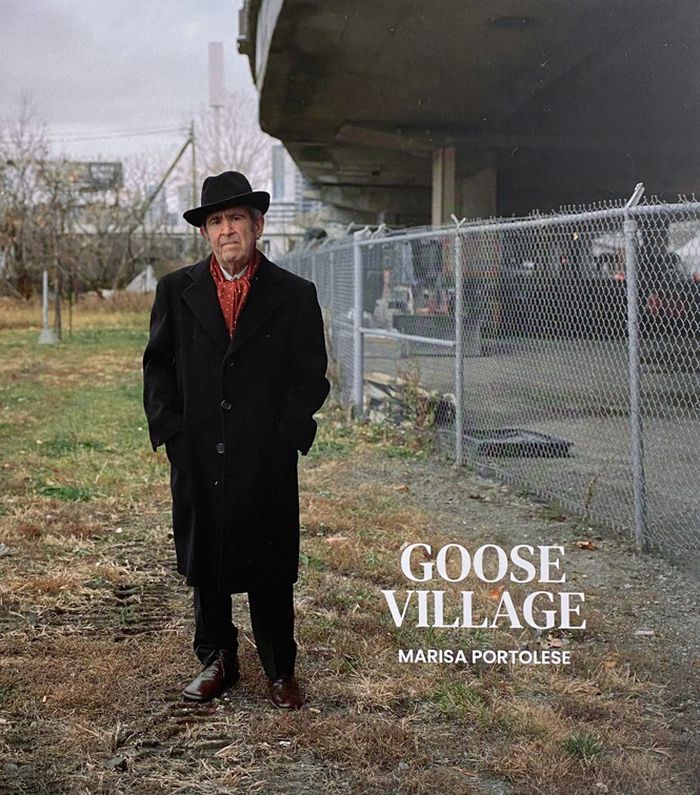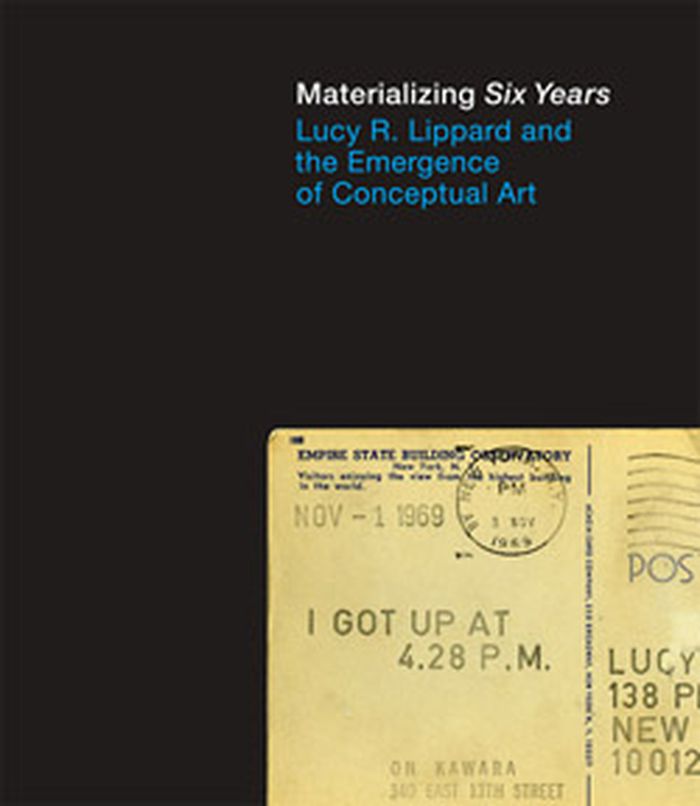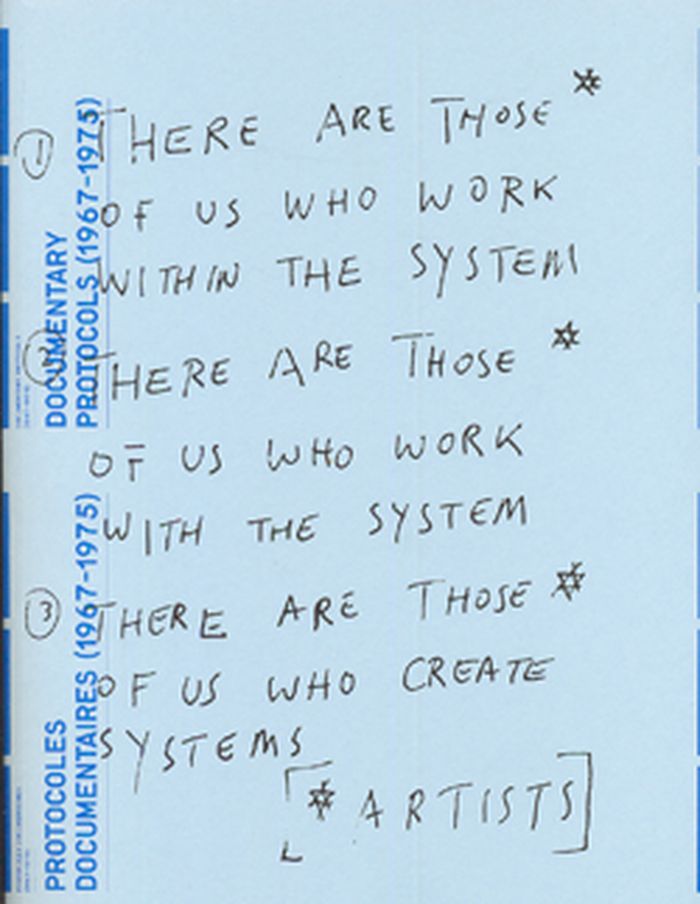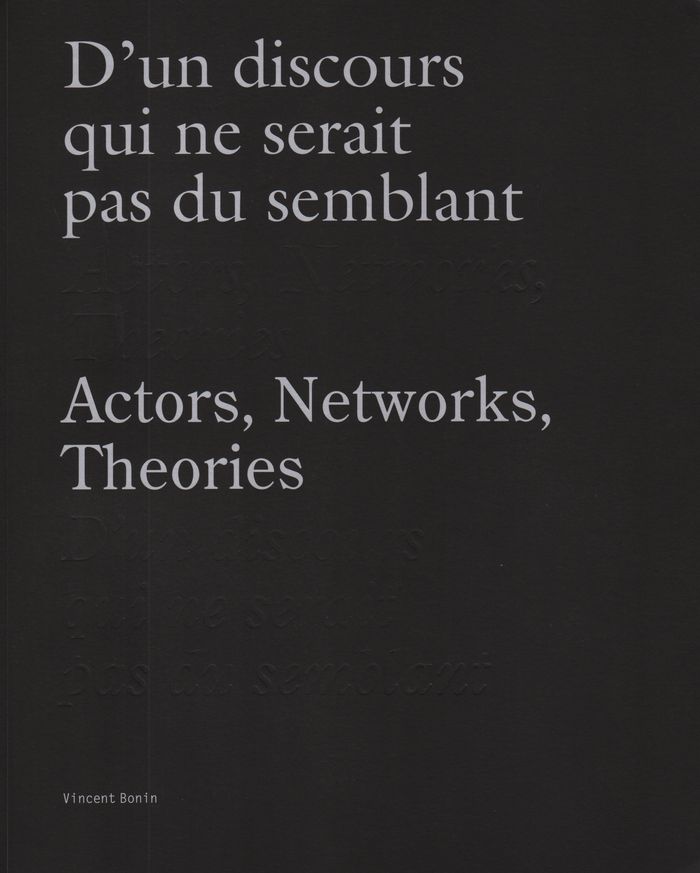$50.00
(disponible en magasin)
Résumé:
"Goose Village," unveils the lost history of a vibrant neighbourhood decimated by urban development in the 1960s. This first edition chronicles the once-thriving Goose Village in Pointe-Saint-Charles, Montreal, and the lives of its displaced inhabitants. Portolese's comprehensive body of work, spanning four years of production and research, delves into the narrative of(...)
Marisa Portolese: Goose Village (English edition)
Actions:
Prix:
$50.00
(disponible en magasin)
Résumé:
"Goose Village," unveils the lost history of a vibrant neighbourhood decimated by urban development in the 1960s. This first edition chronicles the once-thriving Goose Village in Pointe-Saint-Charles, Montreal, and the lives of its displaced inhabitants. Portolese's comprehensive body of work, spanning four years of production and research, delves into the narrative of Goose Village. This multidisciplinary endeavour combines oral history interviews, portraiture, urban landscapes, and a forensic gaze into thousands of historical images housed at Les Archives de la Ville de Montréal. The result is a heartrending exposé of how short-sighted urban planning decisions devastated a close-knit community, forever altering the cultural and social fabric.
Architecture de Montréal
$50.00
(disponible en magasin)
Résumé:
Ce petit quartier de Montréal fut détruit en 1964. C’était, nous disait-on, la route du progrès qui devait passer là… Il s’agit du Village-aux-Oies, nommé aussi Goose Village ou plus officiellement Victoriatown. Il fut rasé de la carte comme le fut aussi le Faubourg à m’lasse — pour permettre entre autres la construction du pont Jacques-Cartier. À la place de ce(...)
Marisa Portolese: Goose Village (ed. français)
Actions:
Prix:
$50.00
(disponible en magasin)
Résumé:
Ce petit quartier de Montréal fut détruit en 1964. C’était, nous disait-on, la route du progrès qui devait passer là… Il s’agit du Village-aux-Oies, nommé aussi Goose Village ou plus officiellement Victoriatown. Il fut rasé de la carte comme le fut aussi le Faubourg à m’lasse — pour permettre entre autres la construction du pont Jacques-Cartier. À la place de ce Village-aux-Oies, on bâtit une partie de l’autoroute Bonaventure et, pour Expo 67, l’Autostade, centre sportif qu’on détruisit pourtant rapidement dès 1980. Ce lieu est maintenant occupé par un stationnement et un terrain vague. Cela valait bien la peine de démanteler cette communauté… Ce quartier, situé dans la partie sud-ouest de Pointe-Saint-Charles, comportait une forte concentration de population d’origine italienne. C’est d’ailleurs là que la famille de la photographe Marisa Portolese s’était installée lors de son arrivée au pays. Marisa Portolese revient sur cette histoire de la modernité montréalaise qui eut un impact sur son histoire familiale. Elle a effectué un travail de recherche et de création photographique qui s’échelonne sur plusieurs années. Avec un essai par Vincent Bonin.
Architecture de Montréal
$48.95
(disponible sur commande)
Résumé:
In 1973 the critic and curator Lucy R. Lippard published Six Years, a book with possibly the longest subtitle in the bibliography of art: The dematerialization of the art object from 1966 to 1972: a cross-reference book of information on some esthetic boundaries: consisting of a bibliography into which are inserted a fragmented text, art works, documents, interviews, and(...)
Materializing Six Years : Lucy R. Lippard and the emergence of Conceptual Art
Actions:
Prix:
$48.95
(disponible sur commande)
Résumé:
In 1973 the critic and curator Lucy R. Lippard published Six Years, a book with possibly the longest subtitle in the bibliography of art: The dematerialization of the art object from 1966 to 1972: a cross-reference book of information on some esthetic boundaries: consisting of a bibliography into which are inserted a fragmented text, art works, documents, interviews, and symposia, arranged chronologically and focused on so-called conceptual or information or idea art with mentions of such vaguely designated areas as minimal, anti-form, systems, earth, or process art, occurring now in the Americas, Europe, England, Australia, and Asia (with occasional political overtones) edited and annotated by Lucy R. Lippard. Six Years, sometimes referred to as a conceptual art object itself, not only described and embodied the new type of art-making that Lippard was intent on identifying and cataloging, it also exemplified a new way of criticizing and curating art. Nearly forty years later, the Brooklyn Museum takes Lippard’s celebrated experiment in curated concatenation as a template, turning a book that resembled an exhibition into an exhibition materializing the ideas in her book. The artworks and essays featured in this publication recall the thrill that was tangible in Lippard's original documentation, reminding us that during the late sixties and early seventies all possible social and material parameters of art (making) were played with, worked over, inverted, reduced, expanded, and rejected. By tracing Lippard’s own activities in those years, the book also documents the early blurring of boundaries among critical, curatorial, and artistic practices. With more than 200 images of work by dozens of artists (printed in color throughout), this book brings Lippard’s curatorial experiment full circle.
Théorie de l’art
$40.00
(disponible sur commande)
Résumé:
In the mid-1960s, Canadian artists suffered from cultural isolation as museums were indifferent to their work and the international art market seemed beyond reach. Artists made up for this state of exclusion by creating alternative spaces in which they could present experimental work and offer services to members of their communities. This collection of critical essays(...)
Protocoles documentaires / Documentary protocols (1967-1975)
Actions:
Prix:
$40.00
(disponible sur commande)
Résumé:
In the mid-1960s, Canadian artists suffered from cultural isolation as museums were indifferent to their work and the international art market seemed beyond reach. Artists made up for this state of exclusion by creating alternative spaces in which they could present experimental work and offer services to members of their communities. This collection of critical essays addresses an historical moment in which the investment of the concept of information by artists converged with the role of administrator they bestowed upon themselves. The historical trajectory of these self-managed organizations can now be observed in their archival fonds, where the results of partially realized utopias exist alongside material evidence of the artists’ labour. Following the decompartmentalization characterizing the period, the editorial structure of this publication provides equal visibility both to the sampling of documents and to the case studies based on the close reading of the concerned items. Essays by Anne Bénichou, Vincent Bonin, Marion Froger, Kristy A. Holmes, Primary Information, Felicity Tayler and David Tomas.
Architecture de Montréal
$34.95
(disponible en magasin)
Résumé:
Ce livre se penche sur la réception différée des théories et des propositions artistiques à travers le langage, le contexte et la traduction. Il explore l'intervalle entre la publication initiale d'un texte dans une langue dite « originale » et sa traduction (prenant l'exemple de la French Theory), ou entre le moment de l'exposition inaugurale d'une œuvre et les(...)
juillet 2018
D’un discours qui ne serait pas du semblant / actors, networks, theories
Actions:
Prix:
$34.95
(disponible en magasin)
Résumé:
Ce livre se penche sur la réception différée des théories et des propositions artistiques à travers le langage, le contexte et la traduction. Il explore l'intervalle entre la publication initiale d'un texte dans une langue dite « originale » et sa traduction (prenant l'exemple de la French Theory), ou entre le moment de l'exposition inaugurale d'une œuvre et les occurrences de ses présentations subséquentes. Une réflexion critique sur les discours des pratiques artistiques contemporaines.




